Biodiversity on the Historical Railways Estate
The Historical Railways Estate is a haven for many species of native wildlife.
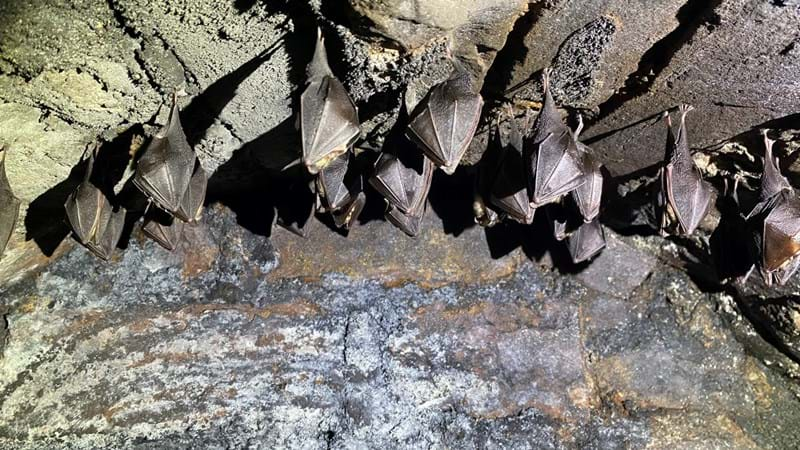
Our Estate consists of some truly unique structures spanning parts of Wales, Scotland and England, offering a home to all sorts of local wildlife and plants.
Whether it’s a historic viaduct spanning an untouched wetland, a cool dark tunnel, or a tranquil wild spot, we’re passionate about caring for some very important diverse, rare and rich habitats.
Ahead of any work starting, our ecologists help identify any species of animals and plants on site, advising us on ways to minimise our impact, as well practical steps we can take to improve an existing habitat.
Animals you might find include owls, otters, falcons, bees, great crested newts, Roman snails, badgers, rabbits, dormice, foxes, hedgehogs, snakes, red squirrels and many more.
Wet
Railways were often built next to waterways such as rivers and canals. Many of our structures offer ecologically valuable – and sometimes rare – habitats to native water-based and water dependent species.
Great crested newts use the settlement ponds often used to offset flooding near rivers and waterways that border our estate. Sometimes the undisturbed wetlands nearby host rare water birds, offering them quiet migratory spots to gather.
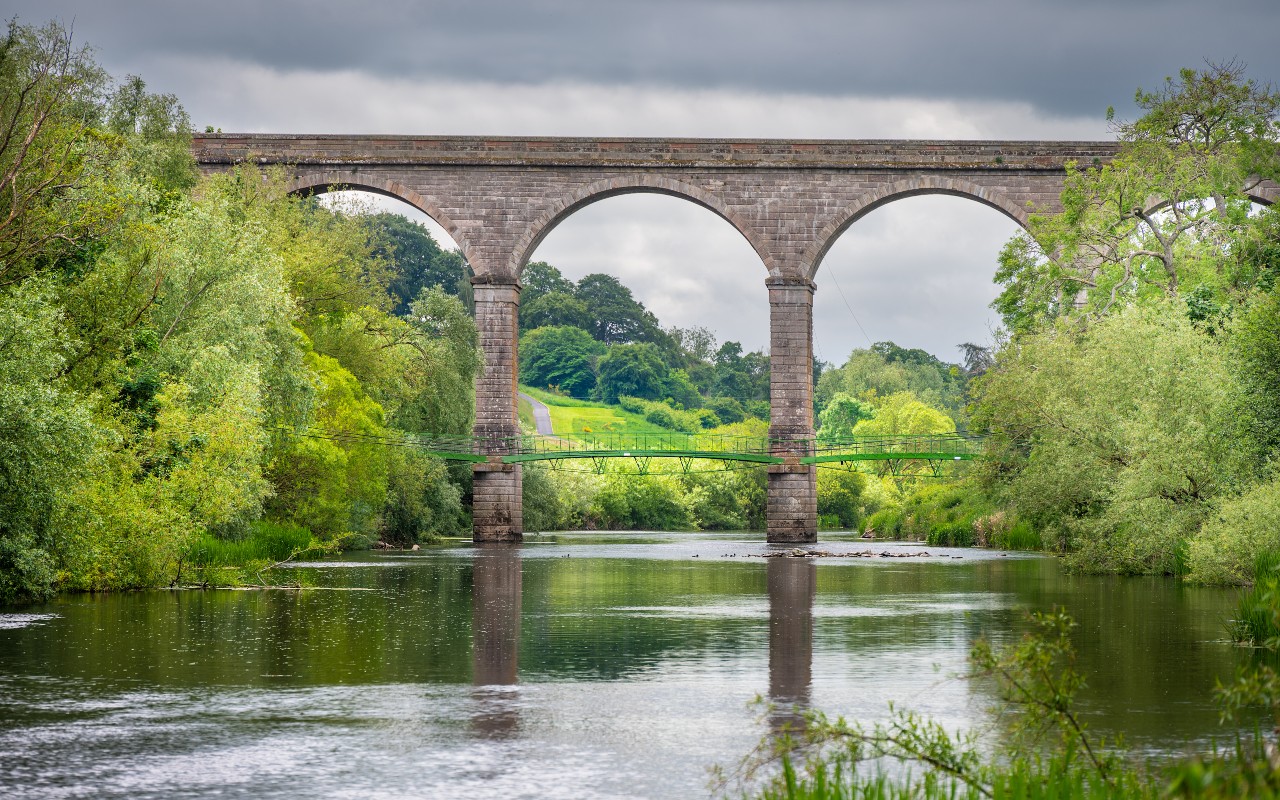
(Teviot - also known as Roxburgh - viaduct in Scotland spans the river Teviot)
Quiet
Wildlife loves to set up home in undisturbed sites. Plenty of our sites are either rural and undisturbed by humans or fenced off for security. This means we have some very peaceful spots for wildlife to settle in. Delicate and rare plant life can flourish, and animals who are sensitive to noise and disturbance – such as badgers – frequently find refuge on the historical railway estate.
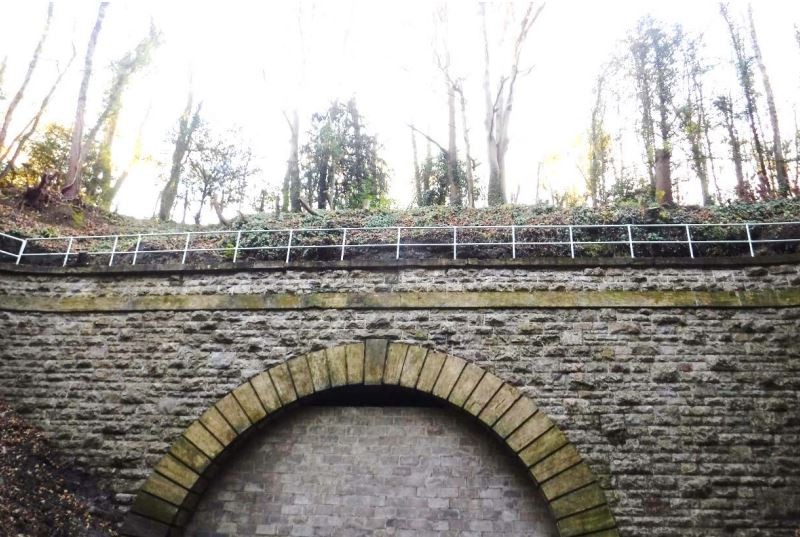
(Hatch tunnel in the south west is now known locally as ‘the bat sanctuary’)
Dark
Tunnels and bridges are fantastic habitats for all kinds of nocturnal species – especially bats. If there are bats around, we work around their roosting and breeding seasons. And we make sure we provide them with alternative roosting spots and foraging opportunities if we do ever displace them.
Our structures offer roosting spots for the 18 species of bats known to be living in the UK - including the extremely rare greater mouse eared bat. Despite being officially declared extinct in 1990, it’s been recorded as using one of our structures in the south east of England.
Maintenance works
Sometimes we need to remove greenery that grows on and around the structures. Often, this is so we can inspect them – we use a laser-scanning technique to survey them to see whether or not the structure is moving over time, and this means we need to strip away anything growing nearby so the lasers take accurate measurements.
Sometimes, it’s because roots from plants and trees are getting into the structures, their foundations or the surrounding land, which can make them unstable.
We always clear the minimum we need to, so that we make as little impact as possible on the local environment.
We only do this work when we have to – we don’t just strip away greenery to ‘tidy up’ the structures. And once we’re finished removing any greenery, we use the brush to create wildlife habitats on site.
Find out more about how we maintain and assess our structures.
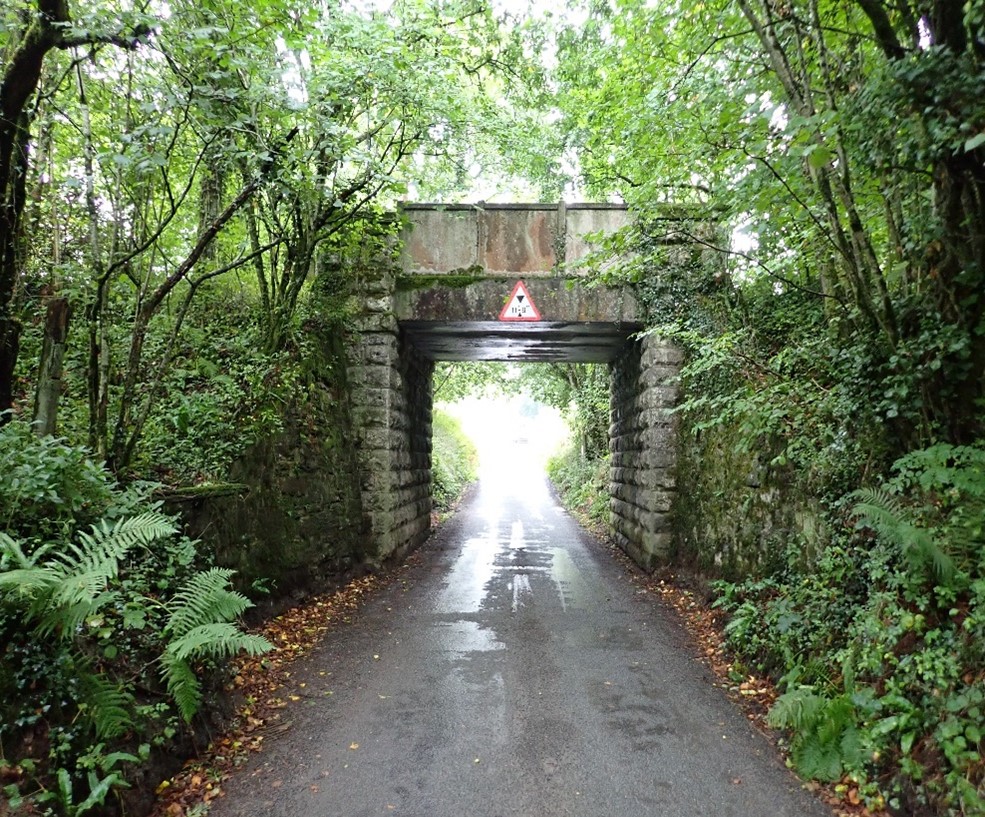
(This year Dyer & Butler cleared extensive moss and vegetation growth from Broadrick Mill Bridge, north Devon.)
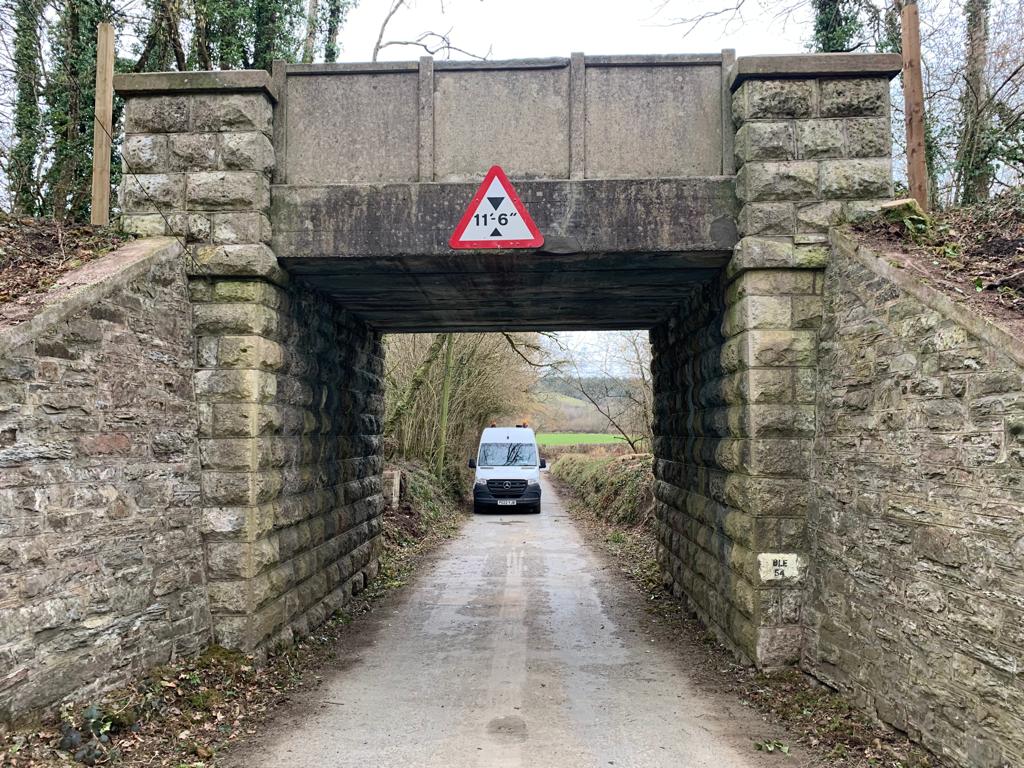
(Dyer & Butler then gave the bridge some additional care and attention repointing sections of brickwork. Logs from the trees that were felled to prevent any further damage to the structure were offered to residents.)
Eco enhancements
As part of our work to repair and maintain we work closely with our ecologists to deliver real positives and improvements for the local wildlife and plants using our structures as a home.
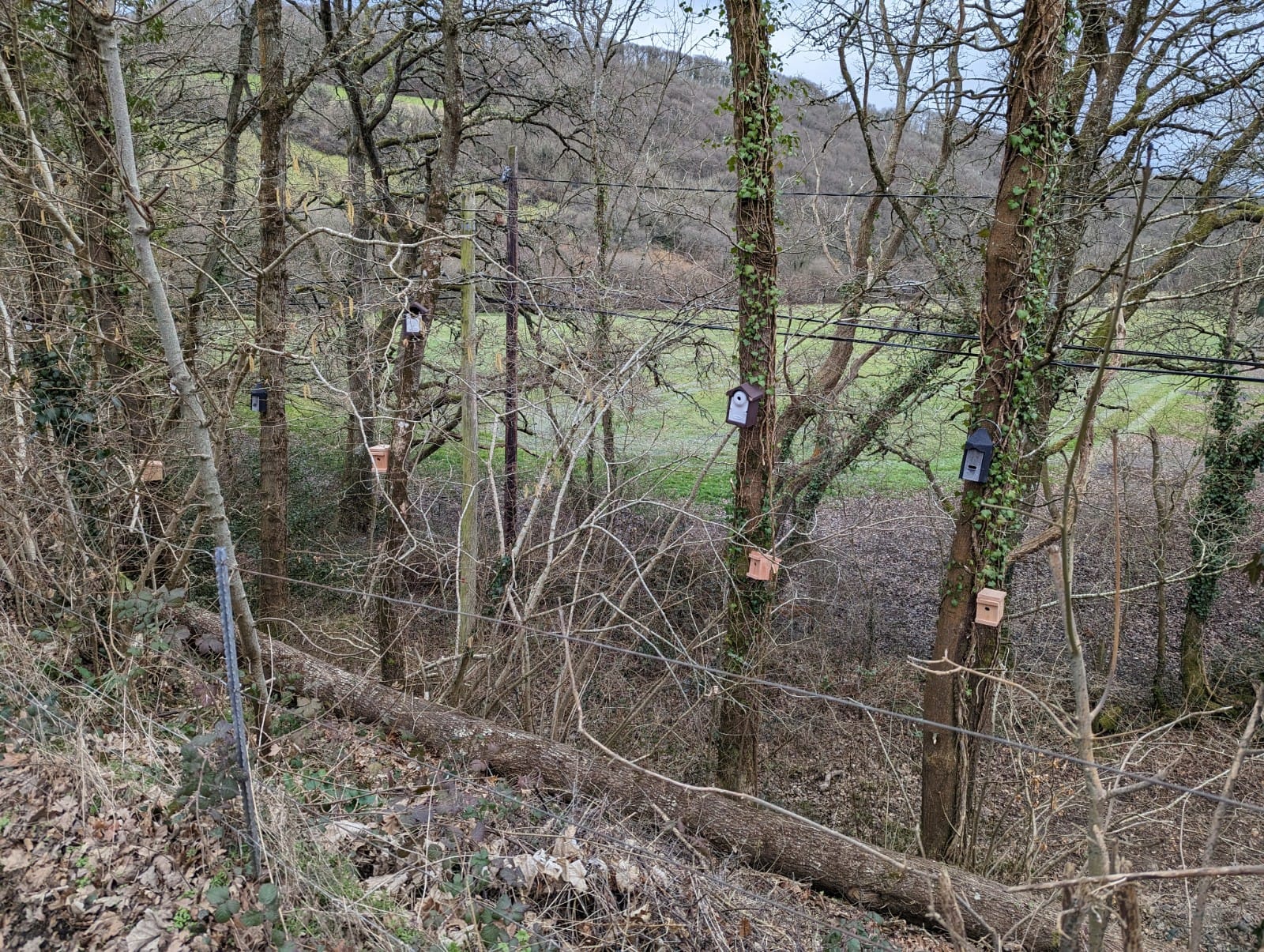
(Bird nesting boxes installed on a site in Somerset by Hammond.)
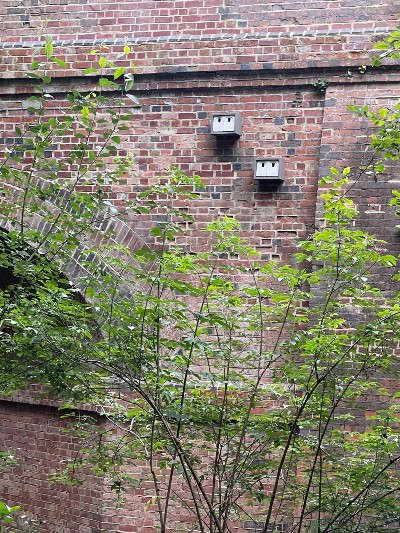
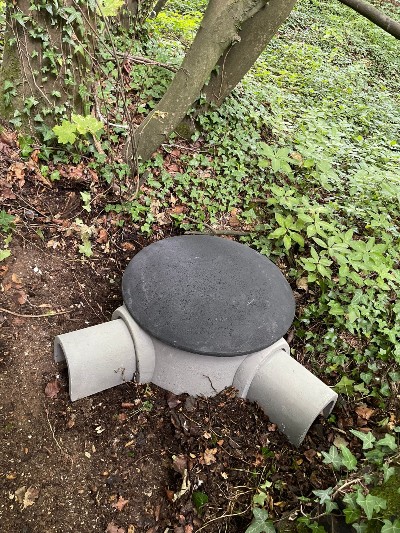
(Left: Sparrow nest boxes installed in south east. Right: Hedgehog hotel for local habitants to use as a home near one of our structures in the south east.)
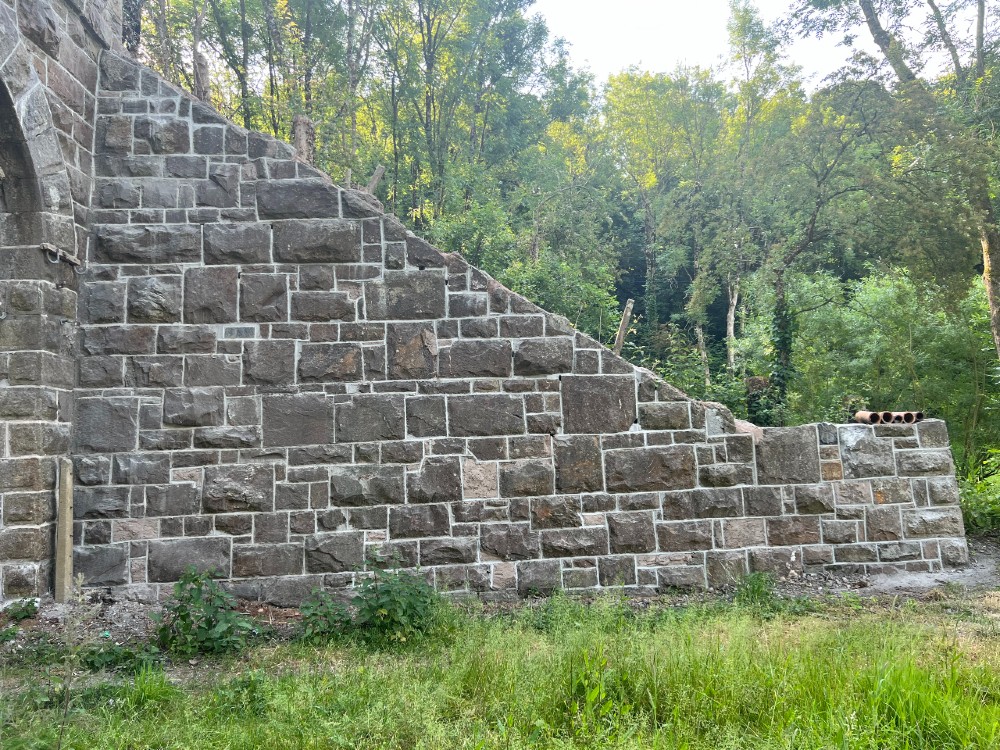
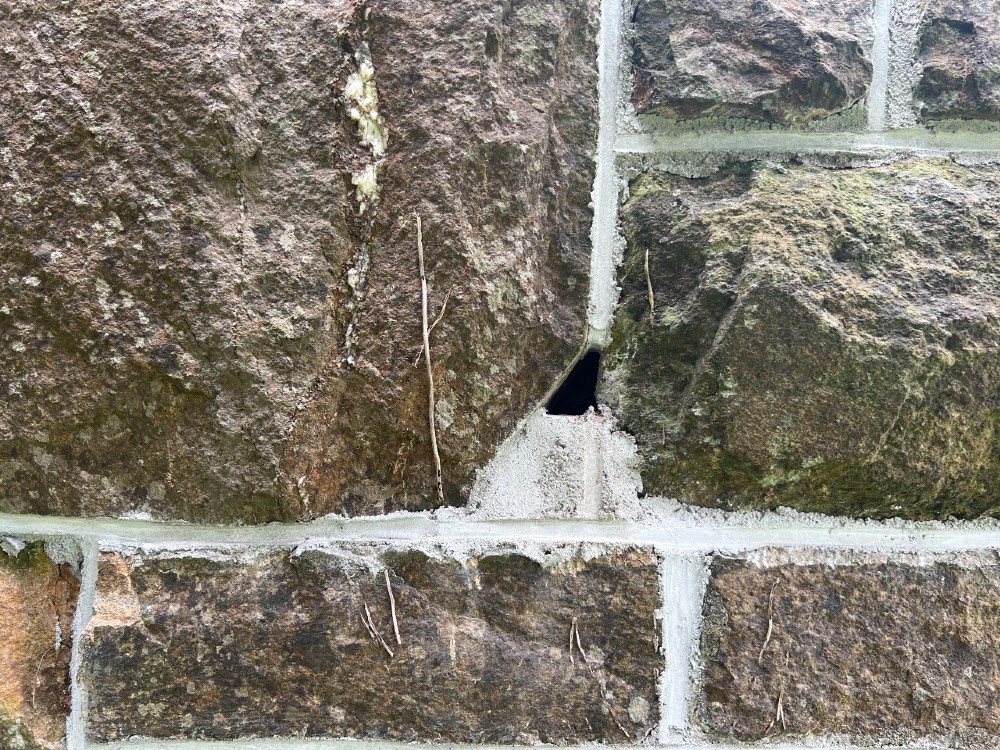
(Gaps left in brick work for wildlife to use the structure as a habitat.)
In the last 12 months we’ve completed hundreds of ecology surveys across England, Wales and Scotland. We’ve identified many different species of animals and plants, and the information we’ve collected will help inform our programme for work for 2023/24.
Our work on biodiversity
The ecological work on the Historical Railways Estate forms part of our ongoing commitment to support and improve biodiversity across the land, projects and sites that we manage.
We know that infrastructure can compromise the quality of the environment. For wildlife, it can fragment important habitats, and put pressure on plant and animal populations, particularly where they're already under stress from other factors such as changes in land use and climate change.
So we manage our networks to provide areas of habitat, relatively free from human access, that may be scarce in the surrounding landscape. We also use our networks to connect fragmented habitats in the wider landscape, enabling plant and animal populations to move and interact, and so become stronger and more resilient.
We know each site is unique, so we take a local approach, working with partners to recognise what is special and distinctive about the habitats, plants and animals at the sites that make up the Historical Railways Estate, and then putting measures in place to best support their health and growth.
Find out more
- Our £6m partnership project with the Wildlife Trusts to boost biodiversity
- The ‘Network for Nature’ site, including an interactive map of the projects
- Our broader commitment and plans for biodiversity on our network
